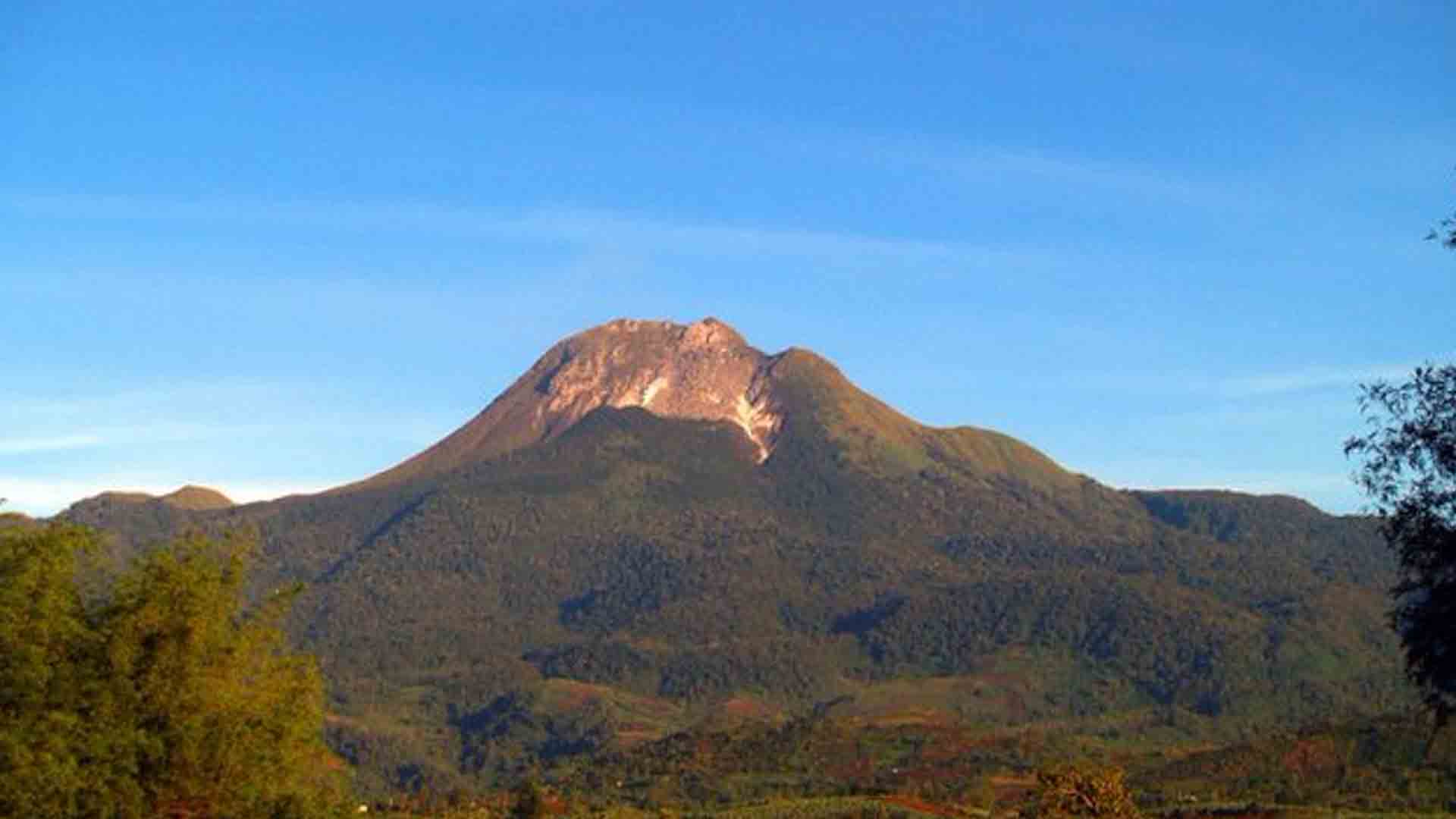Environment officials in the Soccsksargen Region have documented critically endangered wildlife, such as squirrels and birds more commonly known as the mythical “Ibong Adarna,” in the country’s highest peak.
Lawyer Felix Alicer, Department of Environment and Natural Resources-Soccsksargen (DENR-12) executive director, said two species of squirrels – the Philippine Pygmy Squirrel (Exilisciurus concinnus) and the Mindanao Tree Squirrel (Sundasciurus mindanensis) – were documented in Mt. Apo Natural Park (MANP) during the Biodiversity Monitoring System (BMS) on April 29.
“The forest ecosystems in MANP contain suitable habitats and active ecological processes necessary for their existence,” Alicer said in a statement on Monday.
He said the park’s ability to sustain various wildlife populations is shown by the presence of squirrels, highlighting effective conservation management practices in the area.
In a statement, the MANP’s Protected Area Management Board (PAMB) noted that the International Union for Conservation of Nature (IUCN) lists both endemic squirrel species as Least Concerned (LC) species.
Meanwhile, during the same monitoring activity, environment personnel also sighted four Philippine Trogons (Harpactes ardens).
The Philippine Trogon, locally known as “Arak” by the Obo Manuvu people of Mt. Apo, is the sole species of trogon endemic to the Philippines.
Alicer said despite also being classified by IUCN as an LC species, the birds hold immense cultural and ecological significance within the MANP and throughout the region.
The Obo Manuvu people, custodians of Mt. Apo’s ancestral lands, have long revered the bird species as a symbol of their connection to the environment.
Alicer said the presence of Philippine Trogon in Mt. Apo is an indicator of “overall ecosystem good health.”
“Wildlife plays major roles in the biodiversity of ecosystems because it is essential for maintaining ecological balance,” he added. (PNA)









